-
Shop Brands
Manufacturer Brands
-
 Aquatec
Aquatec
-
 AquiSense Technologies
AquiSense Technologies
-
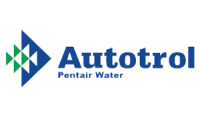 Autotrol-Pentair
Autotrol-Pentair
-
 Aries FilterWorks
Aries FilterWorks
-
 Boshart Industries
Boshart Industries
-
 Calefactio Dole HG Spec
Calefactio Dole HG Spec
-
 Clack Corporation
Clack Corporation
-
 Crystal Mountain Coolers
Crystal Mountain Coolers
-
 DAB
DAB
-
 DMfit
DMfit
-
 Dow - Filmtec
Dow - Filmtec
-
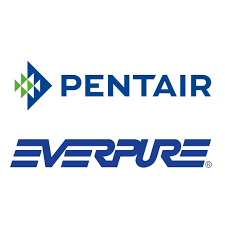 Everpure
Everpure
-
 Filtrex Matrix GreenBlock
Filtrex Matrix GreenBlock
-
 Fleck-Pentair
Fleck-Pentair
-
 Flexcon
Flexcon
-
 Franklin Electric
Franklin Electric
-
 GE Osmonics Desal
GE Osmonics Desal
-
 Grundfos
Grundfos
-
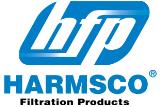 Harmsco
Harmsco
-
 Jaco Fittings
Jaco Fittings
-
 HM Digital
HM Digital
-
 Hydrotech-Canature-WaterGroup
Hydrotech-Canature-WaterGroup
-
 John Guest SpeedFit-ProLock
John Guest SpeedFit-ProLock
-
 Kenmore, North Star, Ecowater
Kenmore, North Star, Ecowater
-
 Microline
Microline
-
 Megahome
Megahome
-
 Omnipure
Omnipure
-
 Pentek
Pentek
-
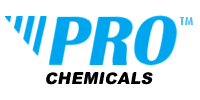 Pro Products
Pro Products
-
 Rainshowr
Rainshowr
-
 Rusco
Rusco
-
 SenSafe WaterWorks ITS
SenSafe WaterWorks ITS
-
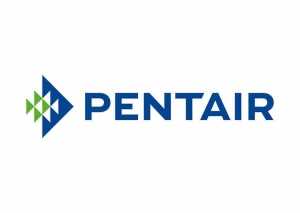 Shurflo - Pentair
Shurflo - Pentair
-
 Structural-Pentair
Structural-Pentair
-
 The Water Guy
The Water Guy
-
 United Filters International
United Filters International
-
 UV Dynamics
UV Dynamics
-
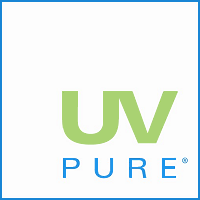 UVPure
UVPure
-
 Veolia / Suez
Veolia / Suez
-
 Viqua
Viqua
-
 Viqua - Sterilight
Viqua - Sterilight
-
 Viqua - Trojan
Viqua - Trojan
-
 Waterite
Waterite
-
 Wedeco Ideal Horizons
Wedeco Ideal Horizons
-
 Wilo
Wilo
-
 WOW Topper
WOW Topper
-
-
Articles
-
Latest Article
-
Posted on Jan 29, 2025Financing with Affirm is Now Available as a Payment Option on our Website and in our store!
-
-
Recent Articles
-
-
The Water Guy has a New Website! Welcome to The Water Guy's New Website! We are thrilled to announce the launch of our brand-new website! Our new si...Nov 11, 2024
-
Tired of yet another boil water advisory? In today's news, nearly 10,000 residents in west Abbotsford, B.C. Canada, are facing a boil water advisory du...Nov 09, 2024
-
Advantages of LED UV Lights Over Mercury Vapor Lamps Energy Efficiency: LED UV lights consume significantly less power while providing the same level o...Oct 06, 2024
-
-
-
Latest Article
- Education
-
Since 1989
-
Happy Customers
-
Thank you for your service and your care. We hope, and will certainly, have business with you again.- J.D., Ottawa - ONThank you so much for your kind and efficient assistance in resolving my online order... You represent the company well. rn Take careD.B.,ONI Highly recommend The Water Guy for accurate information, well priced supplies and easy delivery of supplies to your door.- J.H., Chilliwack - BC
-
-
Happy Customers
-
Support
-
Happy Customers
-
I would also like to say a special thank you to Al who has gone out of his way to help me with my UV filter.
I have a well and I am so glad now I have a company like yours to turn to when…- P.G., Avada - COjust a short note to thank you for your assistance. I got the system up and running today. It has been a pleasure doing business with you.- D.B., Nelson - BCThank you! I received the replacement bulb on Saturday. I appreciate your service.- D.M., Kaslo - BC
-
-
Happy Customers
- Chemicals & Cleaners
- Drinking Water Systems & Parts
- Installation Supplies
- Leak Detection & Prevention
- Pumps & Pump Parts
- Reverse Osmosis Systems
- UV Light Sterilizers
- Water Filter Housings & Kits
-
Water Filters
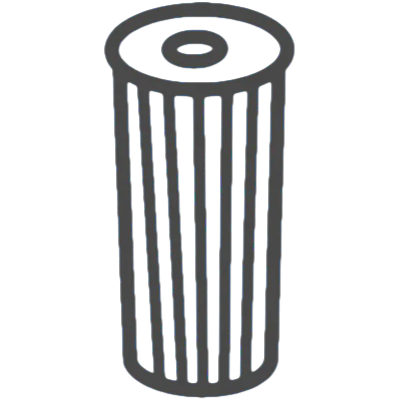
- Water Softeners
- Water Testing
- Well System Parts & Installation Supplies
- Whole-House Systems

CATEGORIES
- March SpecialsSALE !
- Clearance & Close-Outs
- Chemicals & Cleaners
- Drinking Water Systems & Parts
- Installation Supplies
- Leak Detection & Prevention
- Pumps & Pump Parts
- Reverse Osmosis Systems
- UV Light Sterilizers
- Water Filter Housings & Kits
- Water Filters
- Water Softeners
- Water Testing
- Well System Parts & Installation Supplies
- Whole-House Systems
HAPPY Customers
Fast service. Great price.
Thanks! Will happily recommend you to friends.
Thanks! Will happily recommend you to friends.
— E.L.,
Sambro - NS
Water Problems, Symptoms and Equipment
Private well owners often seek water treatment devices to solve a number of common water problems that can be smelled, felt, tasted, or seen. Some of these symptoms indicate a serious issue, while others do not represent a health risk.
If you notice any of the symptoms listed in the following table, first have your water tested by a certified independent laboratory to verify the cause of the problem.
TWG labs employees an experienced staff of water chemistry technicians that can isolate contaminates and bacterial infection in your water source.
Once you have determined the source of your water problem, you can then match appropriate water treatment methods to the problem by browsing the table below.
If you have complicated water treatment concerns that require expert guidance, then please Contact Us. The Water Guy can build and calibrate your Water System to YOUR specific requirements.
| Problem / Symptom | Cause | Treatment |
|---|---|---|
| Hard Water | ||
|
Spots on glass, cars, and rings in wash basins and bathtub
(scaly deposits in pipes, water heaters and appliances) |
Calcium and magnesium mineral build-up | Cation-exchange water softeners, and anti-scale devices (these are very specific to use) |
| Sediment / Grittiness | ||
|
Abrasive texture to water when washing
(Residue is left in sinks, bath tubs) |
Sand particles or silt in the water | Spin-down filtration, Cartridge filters, NextSand Systems or Ultrafiltration |
| Odors | ||
| Musty, earthy or woody smell | Usually harmless organic matter | Activated carbon filter |
| Chlorine smell | Chlorination and or chloramines | Activated carbon filters, some are specific to chloramines |
| Gasoline or oil smell | Possible leak in fuel oil tank or other underground tank leaking into water supply. |
There are specific filters to trap hydrocarbons. It is essential to locate and remove underground source.
Granular Activated Carbon filters or systems can provide some treatment. |
| Rotten egg odor | Dissolved hydrogen sulfide gas in water supply (h2S) | Manganese greensand, Katalox Lite, Filter Ox, Catylitic Carbon, and KDF85 filters |
| Presence of iron or sulfate-reducing bacteria in water supply, some bacteria. | Constant chlorination followed by activated carbon filtration | |
| Degradation of a magnesium rod in a hot water tank/heater in certain water conditions | Remove magnesium rod from heater, replace with our Zinc alloy rod or titanium electric anodes | |
| Detergent odor or foaming water | Septic tank leaking into groundwater supply |
Eliminate source and shock-chlorinate system
Shock entire systema and install and permanent barrier to contamination, UV sterilizer or chemical injection |
|
Methane Gas
(Caution required; gas is explosive and toxic) |
Naturally decaying organic material found in:
|
Residential/commercial aeration system and re-pump, followed by Catalytic carbon system |
| Phenol (chemical) odor | Industrial waste seeping into groundwater |
Activated Catalytic Carbon filter systems
Coconut Carbon Filters and or filter systems |
| Pesticides | ||
| Sharp chemical odor in water | Leaching of applied pesticides into groundwater | Activated coconut carbon filters, and continue to monitor the treated water |
| Taste | ||
| Salty or brackish | High sodium content |
Carbon filtration, Reverse osmosis, water distiller
Water can be treated for drinking and cooking or the whole home when sodium levels are very high. |
| Soda taste, slippery feel | High total dissolved solids that are alkaline in nature | Use reverse osmosis to reduce levels. |
| Metallic taste | Very low pH (3 to 5.5) | Calcite and or corosex cartridge filters or stand alone whole house systems, static or valved. (see acid water) |
| High iron content (over 0.3 mg/L), manganese over 0.05mg/l | See heading for iron/reddish under appearance category | |
| Appearance | ||
|
Turbidity (cloudiness)
(Silt, clay, or suspended particles in water) |
Silt or sand from well | Sand trap and/or new well screen |
|
Acidic water
(Green stains on fixtures and/or a blue-green tint to the water) |
Water high in carbon dioxide content (with a pH below 6.8) that reacts with brass and copper plumbing |
Calcite and or corosex cartridge filters or stand alone whole house systems, static or valved.
Soda ash chemical feed followed by filtration |
|
Black cast to water
(Black stains on fixtures) |
Interaction of carbon dioxide or organics and manganese in the soil.
Above 0.05 mg/L manganese causes staining, and is usually found combined with iron |
Chlorination followed by filtration
Oxidizing filter Water Softener, Birm, Katalox Lite, Filter Ox, Filox, Pyrolox GreenSand Oxidation with potassium permanganate |
|
Reddish or discolored water (from iron)
(Red-brown stains on sinks and other porcelain fixtures; water turns reddish brown during cooking or heating; stains on laundry) |
Indicates more than 0.3 mg/L dissolved iron present. Water appears clear when first drawn from cold water tap |
Water softener and minimum pH of 6.7 (unaerated) will remove 0.5 mg/L or iron for every 17 mg/L or hardness
For iron levels over 10 mg/L, chlorination in a retention tank that allows for oxidation, followed by filtration/dechlorination |
| Precipitated iron (Water is discolored when drawn) |
If pH is higher than 6.7, a manganese greensand filter will remove up to 10 mg/L or iron, Other medias with air injection can also work at specific pH levels such as Katalox, Birm, Filter Ox.
If pH is higher than 6.8 and oxygen is 15 percent of the total iron content, try an manganese oxide media. Cartridge filters and NexSand can also remove red iron. To remove more than that, use a calcite filter followed by an iron filter or water softener |
|
| Iron dissolved from old pipe with pH below 6.8 | Generally we need to raise the pH before a removal media (see acid water) | |
| Reddish / Brownish Color | Organic Carbons | Anion resin systems that work similar to a water softener using sodium to regenerate the media bed. |
|
Reddish color
(In water sample after standing 24 hours) |
Colloidal iron | Constant chlorination followed by filtration with activate carbon to remove chlorine |
|
Milky water
(Water cloudy when drawn) |
Precipitate sludge that is created when water is heated | Flush water heater from time to time |
| High volume of air in water from poorly functioning pump | Water will generally clear quickly after standing | |
| Excessive coagulant-feed being carried through filter |
Reduce coagulant quantity being fed
Service filters properly |
|
|
Yellow water
(Yellowish tint to water after softening and/or filtering) |
Tannins (humic acids) present from water passing through peaty soil or decaying vegetation |
Anion-exchange
Chlorination with full retention time followed by filtration to remove chlorine |
| Contaminants with no visible colour, odor or taste | ||
|
High chloride content in water
(Blackening and pitting of stainless steel sinks and kitchen utensils) |
Excessive salt content. Note that high temperature drying concentrates chloride, accelerating corrosion |
Use chloride-resistant metals
Reverse osmosis Distillation |
|
Fluoride
(Yellowish or mottled teeth in children) |
Fluoride above 2.0 mg/L in groundwater |
Anion exchange
Reduce concentration to 0.2 mg/L with activated alumina Reverse Osmosis Distillation |
|
Nitrates
(Maximum level set by EPA is 10 mg/L; this level or above is dangerous for infants) |
Sources include nearby human or animal waste leaching into well, or heavy use of commercial fertilizers with nitrogen entering the groundwater |
Find sources of wastes and take steps to protect wellhead
Anion exchange regenerated with NaCl for water with less than 3 mg/L; verify treatment level via water quality analysis Reverse osmosis for drinking and cooking water will remove 65 percent of nitrate; try to limit original concentration to 25 mg/l as N Home distillation system for drinking/cooking water |
|
Radioactive contaminants
(The public health authority will post notices. Radium 226 above 5piC/L and Strontium-90 above 10piC/L are considered health risks) |
Naturally occurring in deep wells from phosphate rock or radium-bearing rock strata; atmospheric fallout or other human related activities that product nuclear waste |
Remove cationic radioactivity with cation-exchange water softener
Treat with mixed bed deionizer for removal of anionic and cationic nuclides Reverse osmosis should remove 70 percent of nuclides |
| Radon gas given off by decaying radium dissolved in water | Aeration by faucet aerator to dissipate dissolved radon | |
|
Heavy Metals
(EPA has established maximum contaminant levels (MCLs) for each metal. Lead, Zinc, Copper, Cadmium, etc) |
Industrial waste pollution; corrosion products from plumbing caused by low pH waters |
Reverse osmosis
pH adjustment to prevent corrosion of water distribution system Water softener will remove cadmium, copper and zinc if operated properly Distillation |
|
Arsenic
(EPA maximum is 0.01 mg/L; health risks increase above this level) |
Natural groundwater contaminant in certain regions; industrial waste; herbicides and pesticides |
Reverse osmosis will remove up to 90 percent
Activated alumina Anion exchange Distillation |
|
Barium
(EPA maximum is 2 mg/L; health risks increase above this amount) |
Naturally occurring in certain geographic areas |
Remove using cation-exchange
Reverse osmosis Distillation |
|
Boron
(Inhibits normal plant growth; above 1 mg/L considered undesirable for human use) |
Naturally occurring in the southwest United States and other areas |
Selective anion-exchange resin
Reverse osmosis Activated carbon Distillation |
|
Cyanide
(No visible color, taste or odor; above 0.2 mg/L considered a health risk) |
Industrial waste pollution from electroplating, steel and cooking facilities |
Continuous chlorination and activated-carbon filtration of metals after pH adjustment
Anion exchange Reverse osmosis |
|
Trichloroethylene (TCE)
(Notices are issued from Public Health Department) |
Waste degreasing and dry cleaning solutions entering surface or groundwater supplies |
Series of activated-carbon filters and constant monitoring between units for breakthrough
Aeration Boiling |



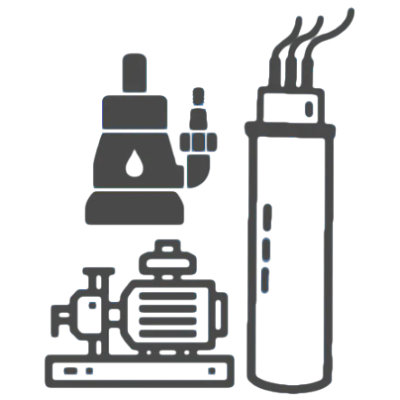
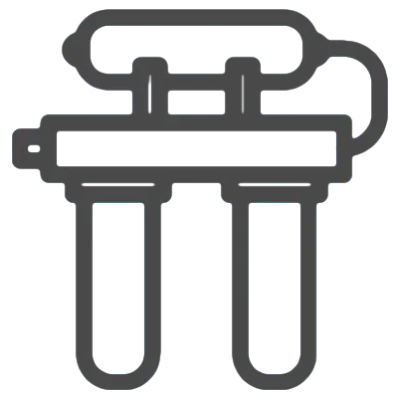
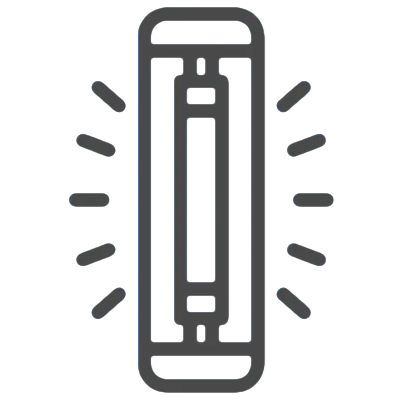
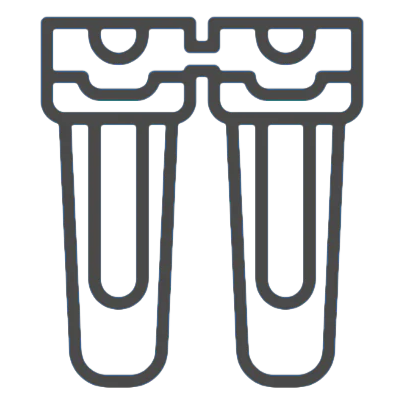
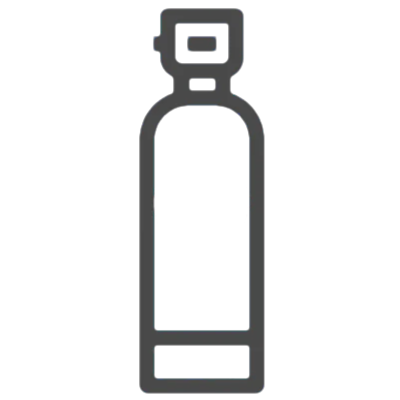

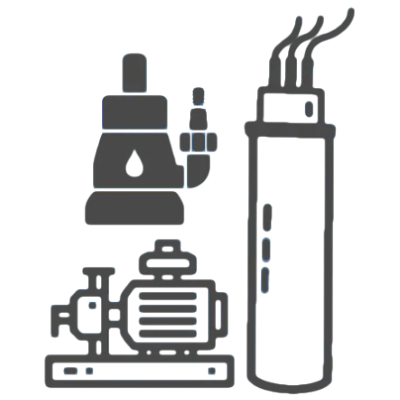
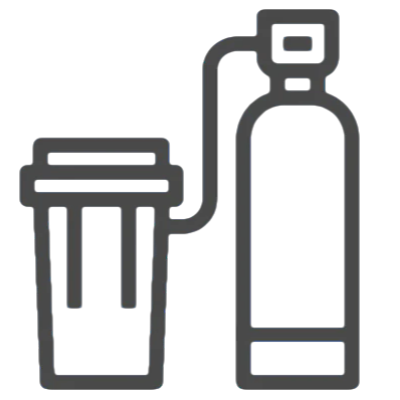






BRANDS